#czech fairy tales
Explore tagged Tumblr posts
Photo
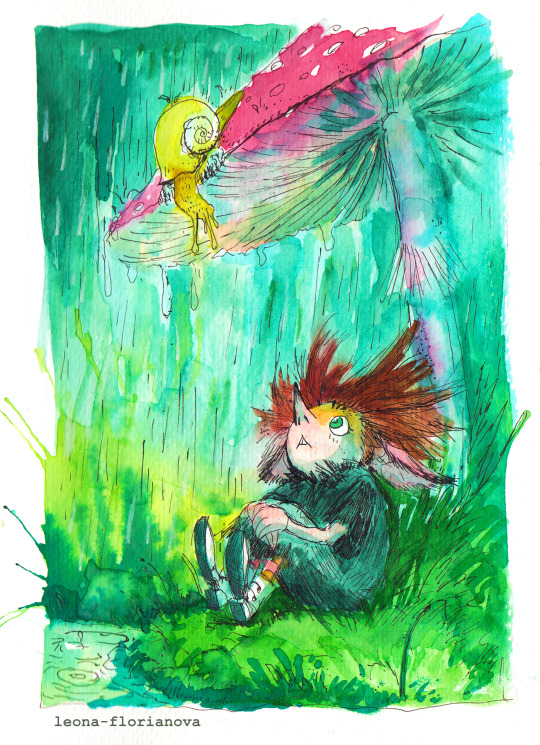
Racochejl
#racochejl#my art#sketches#czech fairy tales#O skřítku Racochejlovi#čumblr#racochejl má roztomilé design ale hlas bohdalky mě děsně vytáčí
227 notes
·
View notes
Text
Every time I read a post complaining about Lucille and how evil she is, I just think about how none of you would handle Milada from The Seven Ravens (1993). Not now, and definitely not as a kid.
#you can't convince me that milada wasn't frustrated her whole life that her brother doesn't want to sleep with her#sedmero krkavců (1993)#czech fairy tales#the seven ravens (1993)#crimson peak#there's just something so caring about lucille even when she's planning to kill you#milada will brutally kill your maid before your eyes frame you for it and then frame you for being a witch#and because your husband is a spineless waste of space you will almost get burned at the stake#unfortunately one of these is a fairy tale so it can't end with him dying or at least her leaving him and now that's the true horror#you can't really compare them since one of them is straight up fairy tale villain but it's fun#with how much this particular adaptation leaned into horror#like THEY MADE SOME CHOICES and I love them for it
16 notes
·
View notes
Text
Dunno how to put it properly into words but lately I find myself thinking more about that particular innocence of fairy tales, for lack of better word. Where a traveller in the middle of a field comes across an old woman with a scythe who is very clearly Death, but he treats her as any other auntie from the village. Or meeting a strange green-skinned man by the lake and sharing your loaf of bread with him when he asks because even though he's clearly not human, your mother's last words before you left home were to be kind to everyone. Where the old man in the forest rewards you for your help with nothing but a dove feather, and when you accept even such a seemingly useless reward with gratitude, on your way home you learn that it's turned to solid gold. Where supernatural beings never harm a person directly and every action against humans is a test of character, and every supernatural punishment is the result of a person bringing on their own demise through their own actions they could have avoided had they changed their ways. Where the hero wins for no other reason than that they were a good person. I don't have the braincells to describe this better right now but I wish modern fairy tales did this more instead of trying to be fantasy action movies.
#v tomhle se mi líbí krakonošovo tajemství#in general just#less hard realism in media and more fairy tales maybe? i feel like the world would really use that these days#''but it doesn't make sense that the hero wouldn't notice that the stranger is very clearly not human'' it doesn't matter!!#he's being polite!!#fairy tales#media#sorry i'm still riding the high of the yearly czech christmas fairy tale tv marathon
38K notes
·
View notes
Text
It should also be noted that while the above are all film fairy tales with tenuous connections to actual old folklore, S čerty nejsou žerty is (somewhat loosely) based on a fairy tale recorded by Božena Němcová under the name Čertův švagr ("The Devil's Brother-in-Law", and IIRC in this case the "devil" translation is fairly correct because unlike in the film the character is the devil? Not 100% sure right now, at the very least he's not a lowly minion the way Janek in the film basically is.) In there there isn't any mix-up with the grandmother, or any business with tails; but it's still a good example of this idea of justice and adherence to a certain kind of code of honour: the protagonist is hired to work in Hell, accepts because he's out of options, and is released after his contract is up, with rewards, and no indication that they'd be inclined to keep him there against his will.
WTF is a “čert”
-a guide from a bilingual Czech
while English has words like devil and demon, čert is a slavic mythical creature, that doesn’t have an accurate name in other languages
Czech has three (common) words:
Ďábel - THE devil, ruler of hell, usually interchangeable with Lucifer
Démon - demon, used when talking about other creatures from other mythologies
(and the enigma) Čert
Čerti (plural) are the devil's minions. They either work directly in hell or are sent on earth (often as a punishment) to make deals with sinners and drag them into hell. However they’re commonly depicted as silly idiots or playful, mischievous tricksters. And selling them one’s soul is seen as confirmation of their own foolishness (make stupid choices, win stupid prizes).
They look like humans (mostly men, but you can come across a lady here and there), with added goat features- horns, tails and sometimes even hooves. Their clothes are haggard, often featuring furs, they’re covered in soot and other dirt.

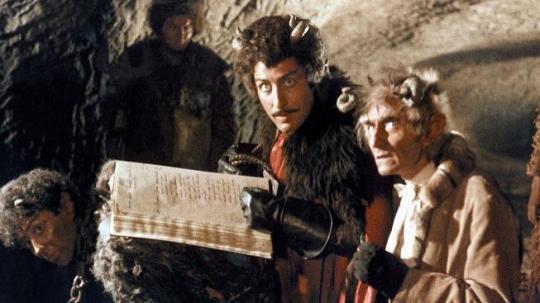
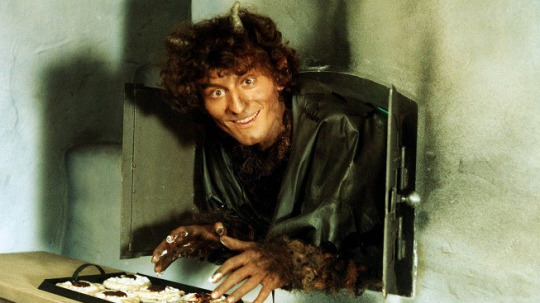
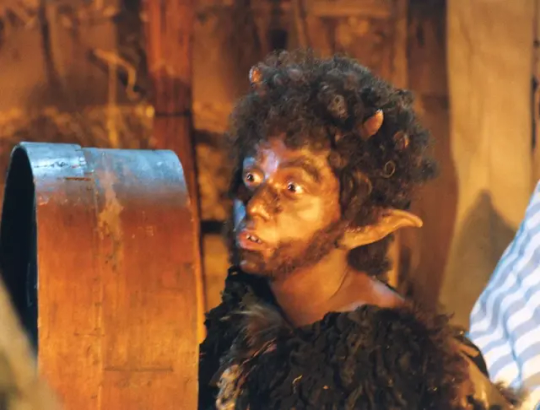
While in old tales are seen as an actual threat, nowadays (in mostly atheistic czech society) they’re depicted as pathetic little meow meows- comedic relief characters, laughable villains and even love interests for princesses (turned into humans for their good behavior)
They can be found in basically every other czech TV fairy tale. While I have seen people suggest to just use the word krampus in english, because of the surface level similarities between the two creatures, I wouldn’t recommend it. Because A)they have widely different vibes B)some czech (and other slavic) might punch you in a fit of patriotism
Disclaimer: while creatures like this are in many (if not all) slavic folklores, under varying names, this post is centered around the czechoslovak version, because that’s what I’m familiar with
769 notes
·
View notes
Text



Three more requests! I meant to make them all black&white but well, green knight somehow doesn't work all that well without green 🍀
IX. The Green Knight for romanodegois and @a-gremlin-for-my-thoughts VIII. Otesánek eating his mum for msdearcos who asked for folklore's creature from Czechia VII. for christine.kasparian who asked for spooky fairytale for the autumn season. I chose czech fairy tale Hádanka (Riddle) about this queen who made household items from the bones (and hair) of her lover to take a revenge on his killer.
Enjoy! 💀
#my art#illustration#ink#traditional art#inktober#the green knight#sir gawain#fairy tales#czech folklore#otesánek#folklore creature#čumblr
2K notes
·
View notes
Text

První šestice je hotová ale nebojte ani zdaleka nekončíme. Vaše další oblíbené lodě které chcete v této sérii vidět klidně pište do komentářů. (Nebojte petriáš je hned v další šestici)
Pokud bych udělal speciální šestici na Cimrmanovy queer postavy koho by jste tam chtěli vidět?
#ferenc a lorenc#tajemství staré bambitky#obrození#česky#hezky česky#czech fairytales#fairy tales#Airbank husbands#digital aritst#fanart#digital fanart#Air bank#noc na karlštejně#české lodě#české filmy#Waldemar Matuška#čumblr#Karlštejn boyfriends#Máchal a Janek#digital art#illustration#S čerty nejsou žerty#Janek#víla amálka#kordulka#víla amálka a kordulka#petr máchal#obrozujeme#krakonošovo tajemství#jiráček a krakonoš
696 notes
·
View notes
Text
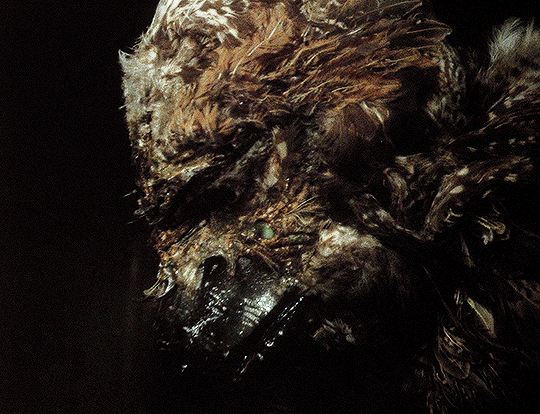


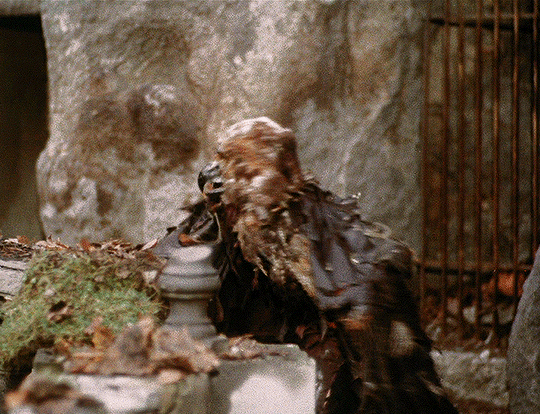


Vlastimil Harapes as the Beast in Panna a netvor / Beauty and the Beast (1978) dir. by Juraj Herz.
#Vlastimil Harapes#Panna a netvor#Beauty and the Beast#Juraj Herz#Czechoslovak#Czech#Czechoslovak Cinema#Czech Cinema#Czechoslovak Fairy Tale#Czech Fairy Tale#Fairy Tale#Horror#My Gifs#GD#i was so shocked when i found out he passed away 😔
672 notes
·
View notes
Text

𝑽𝒂𝒍𝒆𝒓𝒊𝒆 𝒂𝒏𝒅 𝑯𝒆𝒓 𝑾𝒆𝒆𝒌 𝒐𝒇 𝑾𝒐𝒏𝒅𝒆𝒓𝒔
𝚅𝚊𝚕𝚎𝚛𝚒𝚎 𝚊 𝚝𝚢́𝚍𝚎𝚗 𝚍𝚒𝚟𝚞̊, 𝟷𝟿𝟽𝟶
#valerie and her week of wonders#old films#czech film#czech#fairycore#fairy tales#aesthetic#vintage film#witchcraft#witch trials#aesthetic blog#gif#horror blog#vintage films#witch aesthetic#witches#creepy#70s#70s horror#70s movies#70s film#surrealism#aesthetic post#witchcore#witch#softcore#dreamcore
57 notes
·
View notes
Text
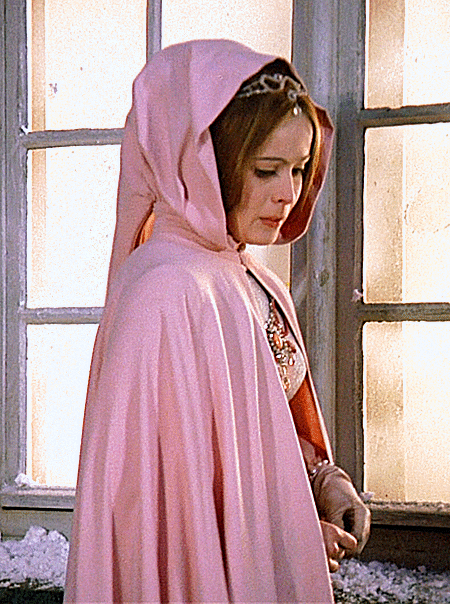
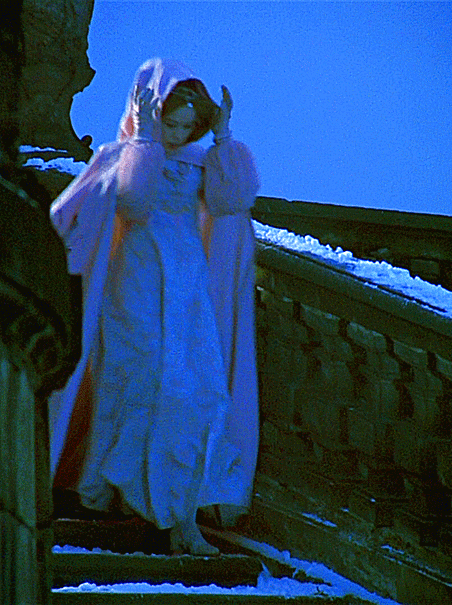

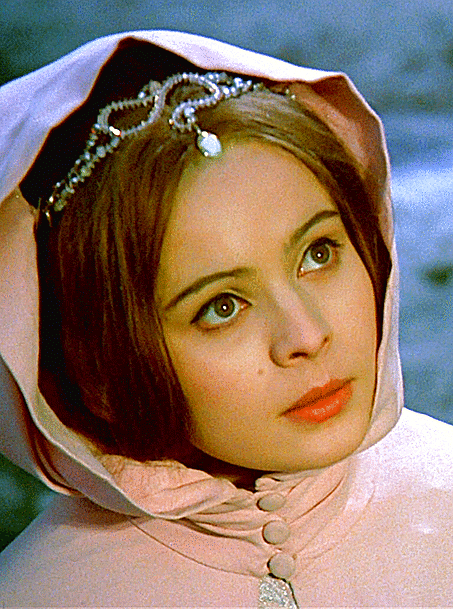
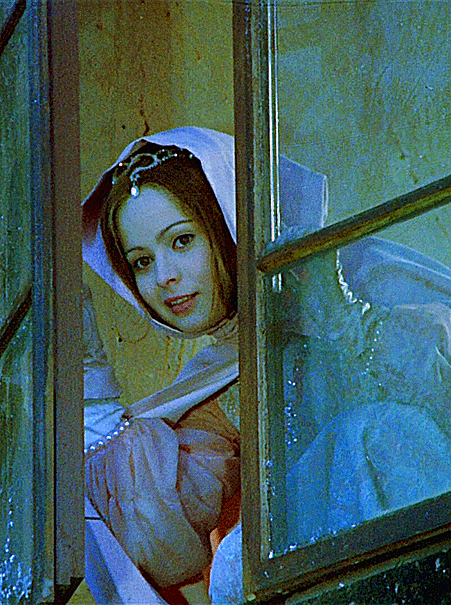
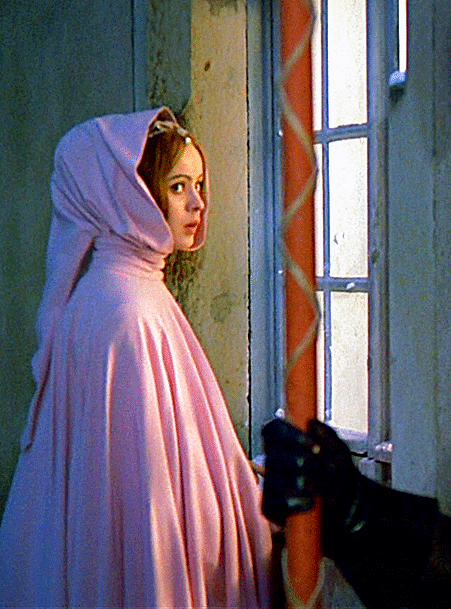
Cinderella's cape in Three Wishes for Cinderella
#three wishes for cinderella#drei haselnüsse für aschenbrödel#cinderella#libuse safrankova#perioddramaedit#period drama#periodcostume#fairy tales#czech movies
338 notes
·
View notes
Text






Loupežnická pohádka (The Robber's Fairy Tale) 1964, dir. Eduard Hofman IMDB YT
#Czech#čumblr#Czech cinema#Czech film#Loupežnická pohádka#The Robber's Fairy Tale#Eduard Hofman#Karel Čapek#1960s#animation#comedy#fairy tale#short film#film#film edit#classicfilmedit#Czech literature#adaptation#Czech animation#European animation#central Europe#European film#European cinema#dailyworldcinema#lgbtq#gif#Czech pop culture#campy
111 notes
·
View notes
Text

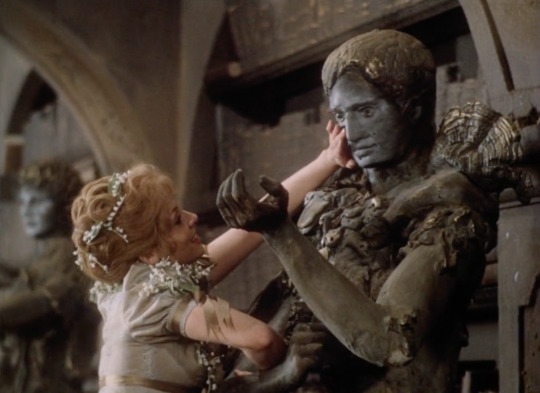








Beauty and the Beast (Panna a Netvor), 1978, dir. Juraj Herz
#horror aesthetic#horror movies#beauty and the beast#70s horror#monster mash#fairy tale horror#czech horror#fantasy horror#Czechoslovakian horror
78 notes
·
View notes
Text












gankutsuou + beauty and the beast, dir. jean cocteau (1946)
#gankutsuou#gankutsuou: the count of monte cristo#guy who can pull out beauty and the beast little red riding hood and the snow queen with you#there's an element of fairy tale thrill in their relationship and the show in general#the role of fantasy in gothic texts is something i treasure a lot <3#the show has some similarities with both the french and czech adaptations of batb
35 notes
·
View notes
Text
Sedmero krkavců (1993) Theme by Petr Hapka
6 notes
·
View notes
Text
#ngl 'two evil advisors that have a gay thing going on' is my favourite czech fairy tale trope #(and yes they do have a gay thing going on na tomto kopci zemřu)
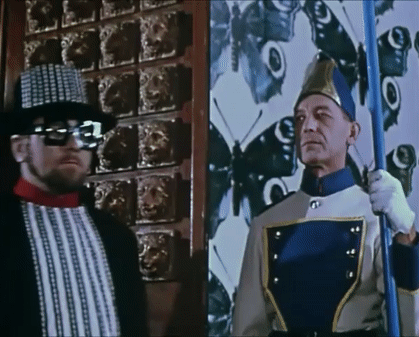
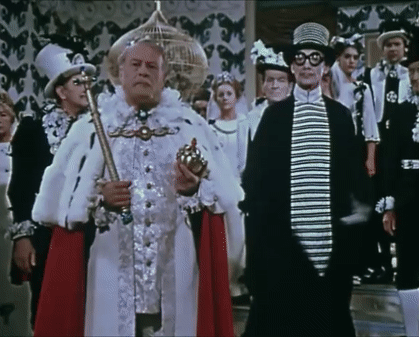
Matching gifs for you and your enemy/co-conspirator/lover
642 notes
·
View notes
Note
princezna ze mlejna když už máš toho čerta s vodníkem? 👉👈 teda asi to neni traditional fanart ale když už tak už
musím se přiznat, že tohle je jedna z pohádek co nemám rád. ani nevím přesně proč, ty vajby tam prostě nejsou. a popravdě kdyby mi to spojení s tím filmem došlo při vymejšlení těch dlou teplejch debilů, tak je nejspíš z adama jiný strašidlo než čert
každopádně čerti tam sou fajn
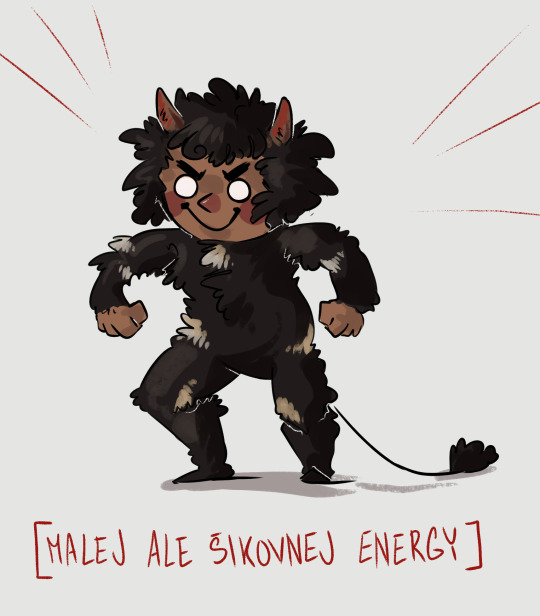
#čumblr#asks#czech#i realized tis the season#where i go czech on main due to the amount of czech fairy tales consumed#its a tradition at this point#ale pro ty co tu pohádku někdy u mě v tagu napsali#mě je to to fuk zas to neberte špatně#jen příjde vtipný že to spojený zrovna s tou jednou co nemusím
94 notes
·
View notes
Text

A je hotová i druhá šestice máte ještě nějaké postavy co by jste chtěli vidět?
#digital art#digital illustration#čumlbr#česky#hezky česky#illustration#dešťová víla#rychlé šípy#digital fanart#tajemství staré bambitky#pride month art#pride month#czech fairytales#fairy tales#digital aritst#obrozujeme#české lodě#české pohádky#petriáš#anděl páně uriáš#anděl páně#tři oříšky pro popelku#popelka#princ#šíleně smutná princezna
393 notes
·
View notes